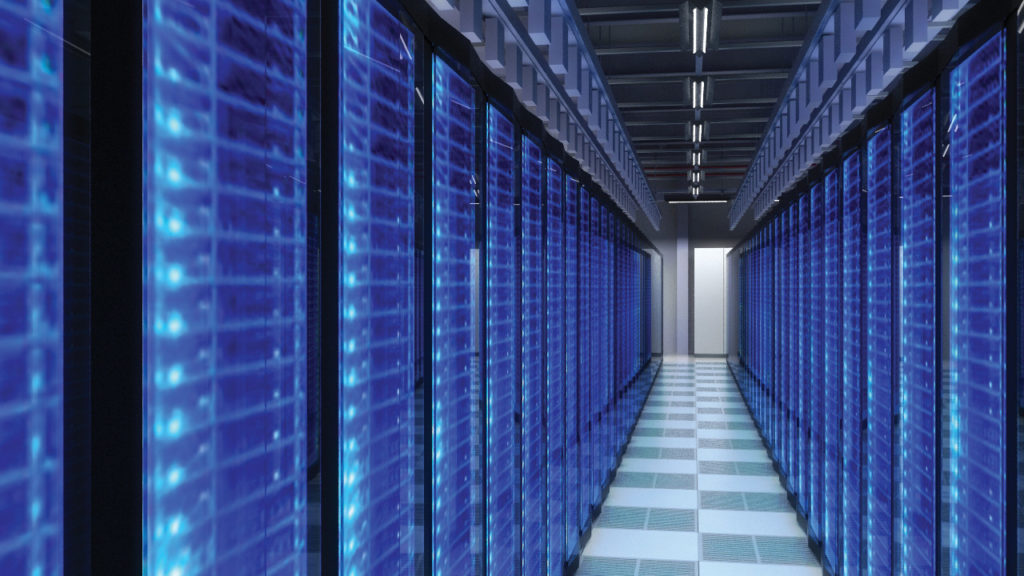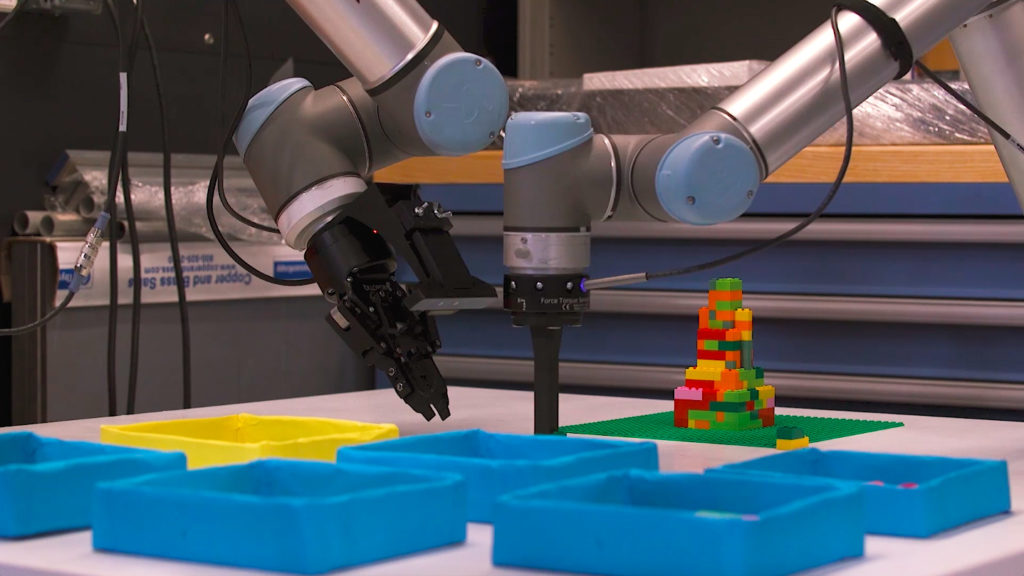
Image courtesy of DLB Associates.
Today’s digital world is embracing the “work smarter, not harder” mantra. Companies are capturing more data from numerous pipelines than ever before. Furthermore, digital applications are becoming increasingly intensive.
Is it possible to overcome computing efficiency bottlenecks while successfully navigating through oceans of collected data? Professionals have turned to machine learning (ML) and artificial intelligence (AI) to answer this question. These technologies have gained immense popularity as of late, but despite this, public understanding hasn’t quite caught up. We’ll help explain why the distinction between ML and AI matters.
Explaining Machine Learning (ML)

According to Tom Mitchell, former chair of machine learning at Carnegie Mellon University, ML is “the study of computer algorithms that allow computer programs to automatically improve through experience.”
Consider Spotify’s recommended playlists as a prime example. The service learns from your listening habits and likes to make new recommendations, which gradually improve over time. User action is required to produce beneficial results. While algorithms differ by company, content providers like Netflix and Hulu use similar approaches.
Since ML gradually improves with experience and behavior, it mimics our own cognitive processes quite closely. We, as individuals, mentally approach various situations in learned ways. That rapid access to engrained thinking is called heuristics. As we gain experience or “data,” our thought processes often change. As algorithms are exposed to incoming data, they also evolve. Thus, machine learning is inherently dynamic.
ML is excellent for two things: classifying and clustering. In our first example, ML models evolve to make increasingly accurate predictions. If we have a group of animal pictures and a predetermined set of names, we can train our model to identify particular animals. This is called supervised ML since we control how predictions are made.
What if we don’t guide our model toward the desired outcome? Classifying data requires a degree of algorithmic tinkering. Clustering models — often called unsupervised models — give ML algorithms more leeway to learn on their own. Engineers are relatively hands-off once data is introduced. Unsupervised models excel at identifying patterns, making them a natural choice for image databases.
The third type of machine learning, reinforcement learning, prioritizes rewards, and risk management. The reinforcement model learns from its environment (databases, users, etc.) as more data is introduced. Subscription services commonly use these models when handling customer flight. Can you picture those cancellation discounts and offers? These models make educated guesses and present options — or rewards — based on customer behavior. That’s just one implementation of many.
Machine learning is automating many processes while feeding on context. It’s widely prevalent within the business and SaaS realms. We scale these algorithms via hardware, often with specialized processors and memory units. These components crucially power thousands and even millions of ML operations that may occur simultaneously.
It’s important to note that ML actually falls under the AI umbrella. However, machine learning is a special subset drawing unique associations between data and algorithms.
Explaining Artificial Intelligence

Brickbot is a research project from the Autodesk AI Lab.
Artificial intelligence isn’t a new concept — Alan Turing coined the term in 1950 upon envisioning machines that could think. AI soon became associated with autonomy, yet experts sparred over a formal definition for decades. Nowadays, most refer to AI as “machines that respond to stimulation consistent with traditional responses from humans, given the human capacity for contemplation, judgment, and intention.”
Artificial intelligence is also adaptable at its core. It has the potential to enhance our computerized systems more than many other technological advancements from the last decade. AI becomes more human-like through two mechanisms: deep learning and natural language processing. Deep learning is where the crossover occurs with machine learning. Sets of training data are used to help computers complete tasks in human-like ways.

Deep learning also uses predetermined rules to accomplish its goals. Natural language processing is present in Alexa and Google Home devices, among others. These algorithms sift through noise to pick out human speech from background interruptions, so accuracy and understanding are paramount in these applications.
Artificial intelligence introduces creativity and cognition to once-rigid processes. Emulating human adaptability is and will continue to be a central tenet of AI development. Computers are powerful, but we haven’t even begun to scratch the surface.
Summing it up…Infinitely

As both Machine Learning and Artificial intelligence continue to advance, we can use these supervised and unsupervised algorithms to help complete our day to day work, as well as help us solve complex engineering and design problems. We should be grabbing ahold of these methodologies in our software tools that we use every day. This is why Fusion 360 has implemented workspaces such as generative design..
Try generative design in Fusion 360 today and push the limits of your next project.